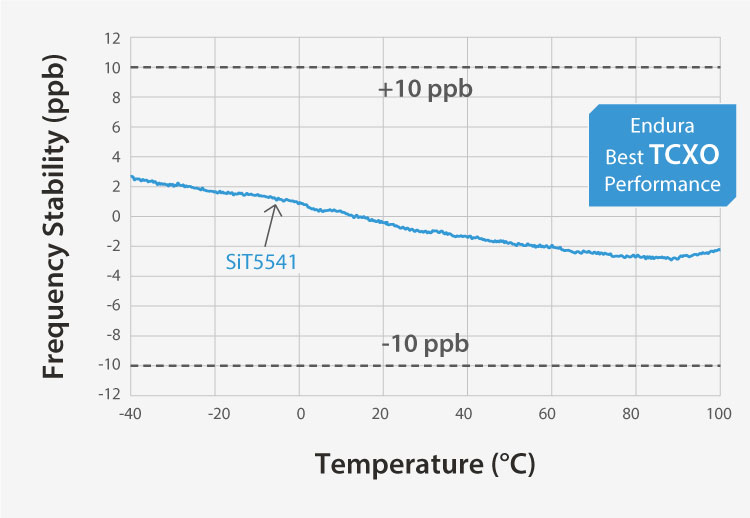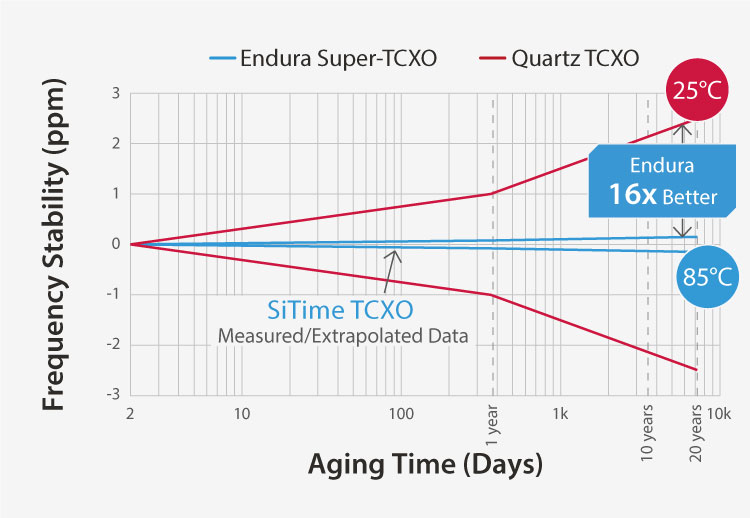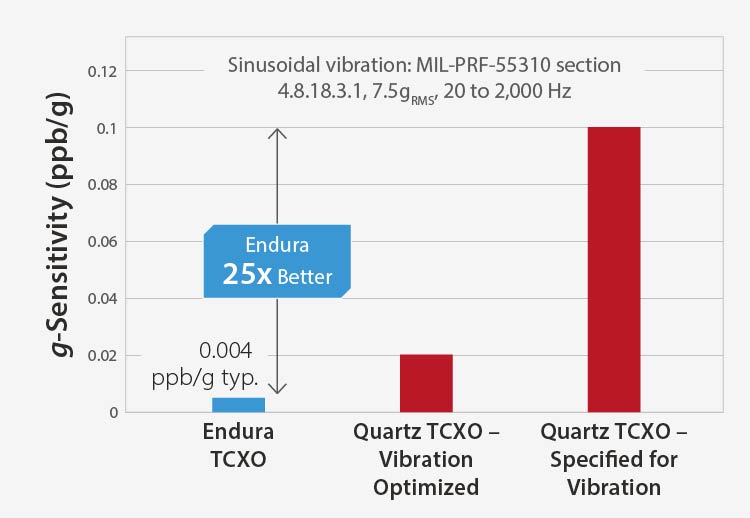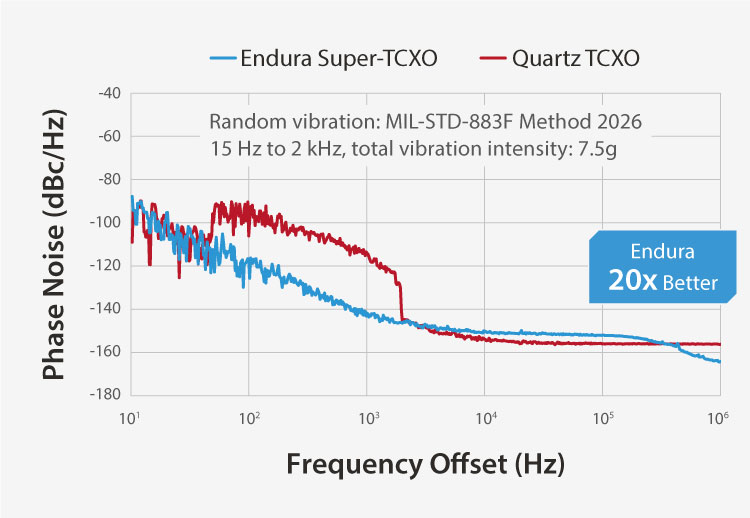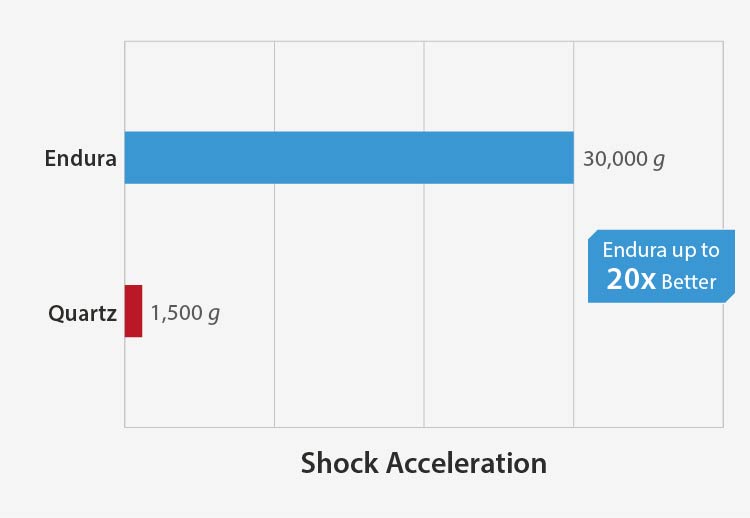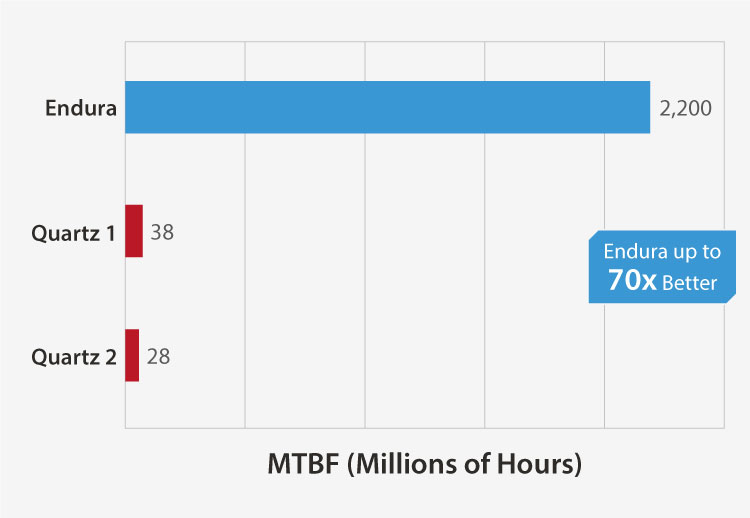Endura MEMS Timing Solutions for GPS
| Devices | Frequency Stability | Function | Key Features |
|---|---|---|---|
|
Super-TCXOs
SiT5146 1 to 60 MHz
SiT5147 60 to 220 MHz
SiT5346 1 to 60 MHz
SiT5347 60 to 220 MHz
SiT5348 1 to 60 MHz
SiT5349 60 to 220 MHz
SiT5543 1 to 60 MHz
SiT5541 1 to 60 MHz
|
±0.5 to ±2.5 ppm ±0.5 to ±2.5 ppm ±0.1 to ±0.25 ppm ±0.1 to ±0.25 ppm ±0.05 ppm ±0.05 ppm ±5 ppb ±10 ppb |
Synchronous System | 1 to 220 MHz, 0.004 ppb/g, temperature stability as good as ±5 ppb, ±0.3 ppb/°C |
|
32.768 kHz TCXO
|
±0.1 ppm | Time-keeping | 32.768 kHz, ±200 ppb temperature stability, 2.5 x 2.0 ceramic |


